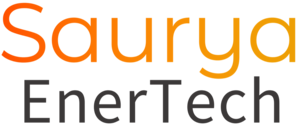Solar Power for Homes Solutions
Because your home only deserves the best
We design, engineer and install solar power for homes solutions. Saurya is one of India’s most well known and leading solar company.
[iconbox icon=”group” iconSize=”large” iconColor=”rgba(107,11,11,1)” title=”Solar Engineers by heart” type=”left”]We are highly professional and dedicated solar experts, a solar investment can be for a long period. Let the real experts take of your home.[/iconbox] [iconbox icon=”building” iconSize=”large” iconColor=”rgba(107,11,11,1)” title=”Complete work from ONE company” type=”left”]Why buy solar panels from one company and then run to get solar inverter from another? We will design and install the complete solar power for home system for you.[/iconbox] [iconbox icon=”rupee” iconSize=”large” iconColor=”rgba(107,11,11,1)” title=”Why pay more for less” type=”left”]We provide solar power for home solutions prices at a low cost for better engineering, products and services.[/iconbox] [iconbox icon=”info-circle” iconSize=”large” iconColor=”rgba(107,11,11,1)” title=”Free Consultations” type=”left”]Are installation and engineering consultations are completely free of charge if you give us the opportunity to become your supplier.[/iconbox] [divider_advanced color=”rgba(107,11,11,1)” paddingTop=”5″ thickness=”3″]Solar Power For Homes Products:
[portfolio height=”50″ layout=”sidebar” max=”8″ sortable_all=”false” cat=”elite,products-and-services-home,solar-domestic-products,solar-inverter,solar-panels,solar-water-heater-system,soled” title=”true” titleLinkable=”true” desc=”false” more=”false” group=”false”] [divider_advanced color=”rgba(107,11,11,1)” paddingTop=”5″ thickness=”3″]

